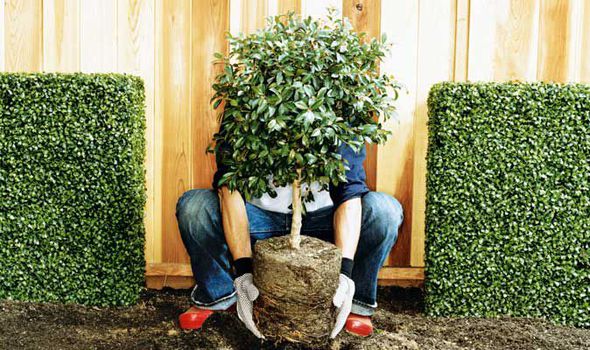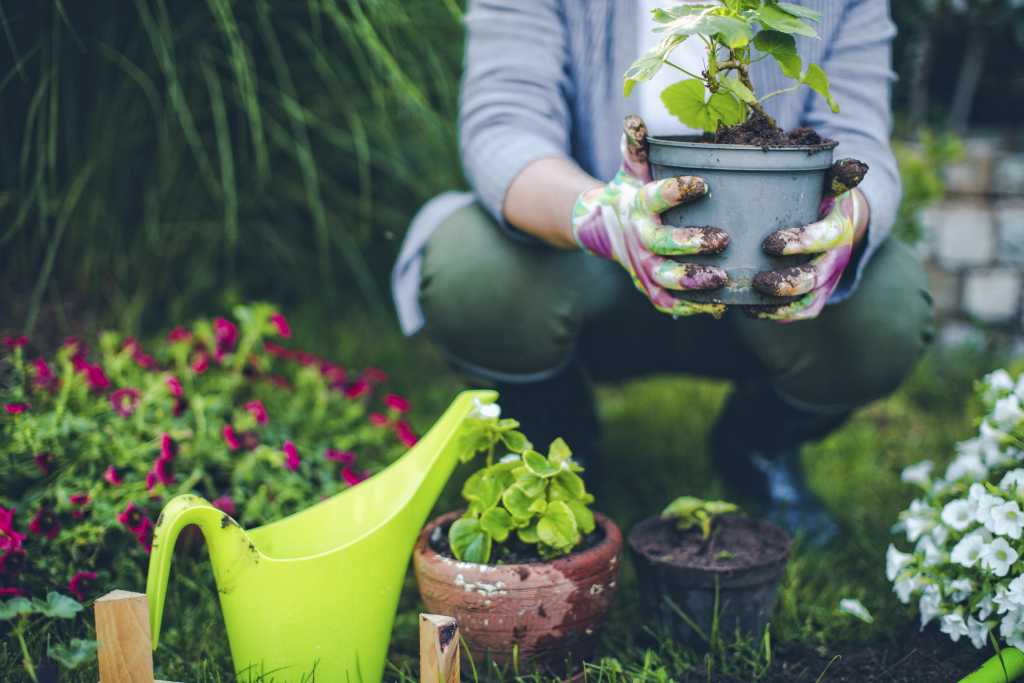
So, it is decided that you are moving, and you have already chosen your place, that is great! But what about your plants, your garden? Have you forgotten them? If not and you are looking for ideas to take them with you, then you have come to the right place! There may be many reasons why you want to move to your garden. A nice greenhouse could be the reason or fertile soil, whatever the reason, keep the plants healthy and happy, that is all that matters!

There are many steps to consider when moving a garden, and it is not something you should do without getting some advice on the net. So, let us get ready!
1. Choosing the Season
If you are moving, consider the season you are moving to, as this impacts the plants and the soil. The worst time to move is in the summer when drought and natural sunlight damage plants. It is important to never expose the roots to sun, heat, or wind! Also, do not move around in the beautiful winter landscape, making the plants too wet. It is best to move your gardens at any other time.
2. Mark what needs to go first
Whatever the new location, make sure there are places where you will transplant them. Mark each area with the dot that needs to be inserted before it gets confused!
3. Cut off excess stems.
It is recommended to cut off all dead or excess stems and leaves. This will alleviate the trauma that your plant may suffer. However, this is not universally necessary for all plants, so act to the best of your knowledge and belief!
4. Temporary nursery
It is known that many people move during the summer. This is the worst possible time to uproot a plant, as dry weather can affect the roots. To ensure that your plants will thrive in their new home, prepare a temporary plot in advance. When you arrive, you can dig simple trenches into accommodating your plants.

5. Uprooting Process
Before uprooting your plant, water the soil to keep the roots moist, dig a ring around the plant with a sharp shovel, and save as much soil as possible for the root ball. Wrap the root ball in a wet cloth bag and place it in a bucket or planter.
If you are not sure how much to dig around the plant, measure about one foot vertically from the stem or trunk base. At this point, measure the branch’s diameter or trunk in inches and multiply it by 18. This number indicates the number of centimeters the root ball should be.
6. Transit Packaging
The plants must be the last in the truck and the first. Attach the planter or bucket to prevent slipping. Upon arrival, cut off roots that may have been damaged in transit and place them in the temporary watered trenches.
7. Replant (properly).
You want to replant your garden in its new location as soon as possible. We suggest that you do this immediately after uprooting. If this is not possible, bring them quickly to their temporary, temporary accommodation. Remember: the longer the plant stays outside, the more difficult it will be to plant.
8. Reduce stress for the plants.
Once you have put your plant in its place, water it a little to cool the leaves, give plants planted in full sun a little shade for at least a few days. You may need to water these plants daily until they become healthy again. If you can do it gently during the cooler times of the day, your plants will thank you. If you also see something hanging, water it immediately!


